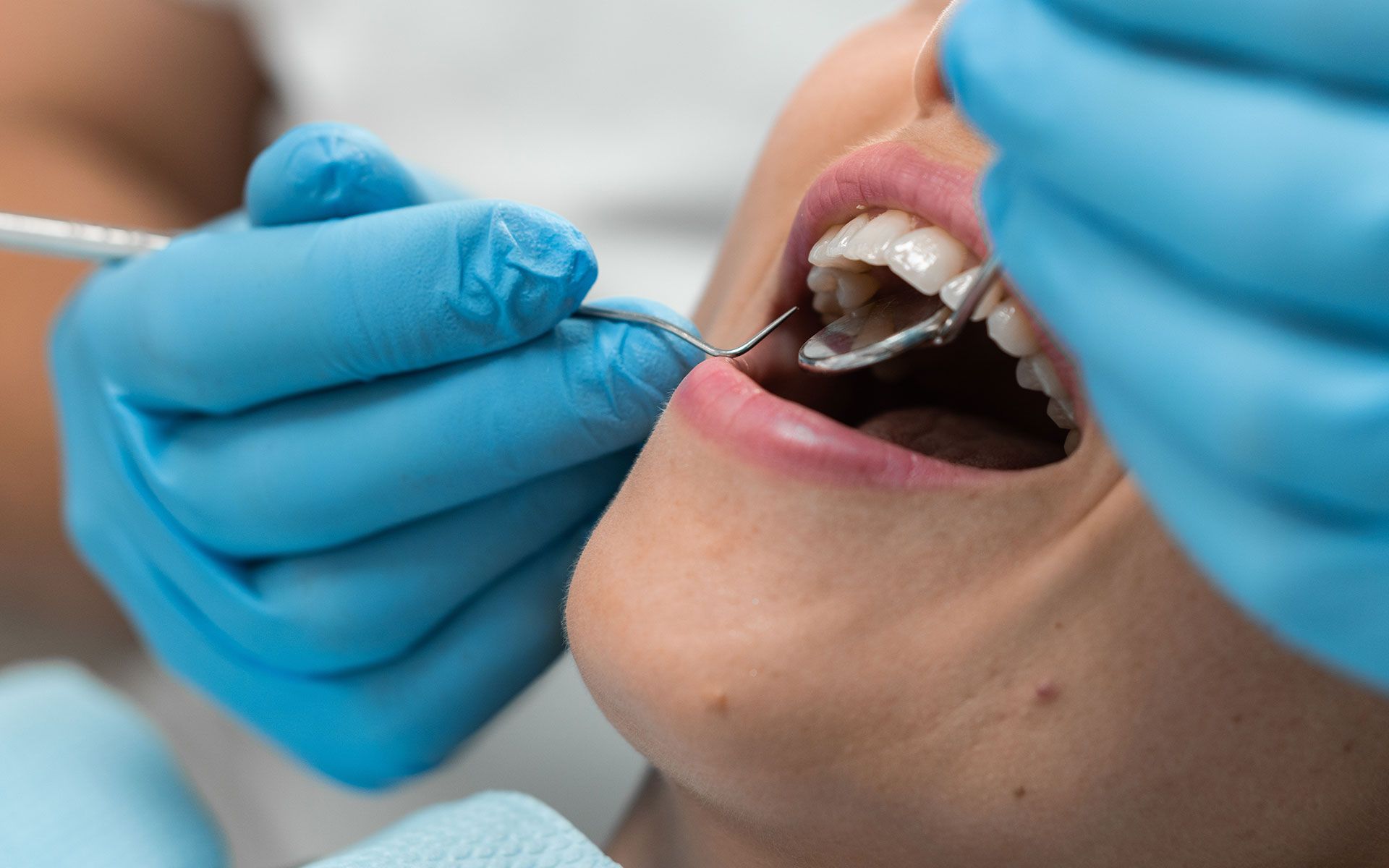Dental Implants & Restoration in Smithtown, NY
Dental implants are one of the most advanced solutions available for replacing missing or severely damaged teeth. At Norman M. Rubin, DDS in Smithtown, NY, we provide comprehensive dental implant services, including the surgical placement of implants and the final restoration process. Whether replacing a single tooth or supporting a full arch, dental implants are designed to function like natural teeth, integrating with the jawbone for long-term durability.
The Process of Dental Implant Placement
Dental implant treatment begins with a thorough examination and diagnostic imaging to assess the health of your gums and jawbone. A key factor in determining candidacy for dental implants is the presence of sufficient bone density. For patients with bone loss in the jaw, additional procedures such as bone grafting may be recommended before proceeding with implant surgery.
During the placement phase, a titanium post is surgically inserted into the jawbone beneath the gum line. This post acts as an artificial tooth root and provides a stable foundation for the prosthetic tooth or teeth. Healing time varies, but the integration process—known as osseointegration—typically takes several months. During this time, the bone tissue fuses with the implant surface, anchoring it securely in place.
Once the implant is fully integrated, a custom abutment is attached to the post. This small connector holds the final restoration, whether it’s a crown, bridge, or denture. The result is a permanent tooth replacement solution that closely resembles the appearance and function of a natural tooth.
Full-Arch Dental Implants and Overdentures
For patients missing multiple teeth or facing full-mouth restoration, full-arch dental implants may be the appropriate option. This approach involves placing four to six dental implants strategically along the jaw to support a full prosthetic arch. The method reduces the need for individual implants and provides a stable, long-lasting foundation for full upper or lower teeth restoration.
Implant-supported overdentures are another common restorative option. Unlike traditional dentures that rest on the gums, overdentures are secured to dental implants, offering improved comfort, functionality, and retention. This type of solution is ideal for patients who seek a removable option without compromising on bite strength or oral health.
Restoring Function with Implant Crowns and Bridges
After successful implant placement, the final phase involves restoring the implant with a prosthetic tooth. For single tooth replacements, a dental crown is fabricated to match the color, shape, and contour of the adjacent teeth. This crown is secured to the abutment and functions like a natural tooth in both aesthetics and strength.
When multiple adjacent teeth are missing, implant-supported bridges may be recommended. This type of restoration uses two or more dental implants to anchor the bridge, eliminating the need to modify natural teeth for support. Implant bridges provide a more stable alternative to traditional bridges and help preserve the health of the surrounding teeth and jawbone.
Bone Grafting as a Precursor to Implant Success
Some patients may not initially qualify for dental implant surgery due to bone loss in the jaw. Bone grafting procedures help rebuild the bone structure necessary for successful implant integration. The grafting process involves transplanting bone material—either from the patient or a biocompatible donor—into the jaw to stimulate new bone growth. Over time, this added volume creates a solid foundation for the placement of dental implants.
Socket preservation, a type of bone grafting performed immediately after tooth extraction, is also available. This technique helps maintain the bone height and width in preparation for future implant placement, minimizing the need for additional grafting procedures later.
Maintenance and Longevity of Dental Implants
Dental implants require regular care and maintenance to ensure their long-term success. Although implants themselves do not decay, the surrounding gum tissue and bone can be compromised if proper hygiene is not maintained. Routine check-ups and professional cleanings at our Smithtown, NY office allow for early detection of any issues related to the implant site.
It is essential to follow a thorough oral hygiene routine that includes brushing, flossing, and using any recommended tools for cleaning around implants. In some cases, patients may benefit from using interdental brushes or water flossers to maintain cleanliness at the implant sites.
Advanced Technology and Precision Placement
At Norman M. Rubin, DDS in Smithtown, NY, we use advanced diagnostic imaging and planning software to ensure precision in implant placement. Digital x-rays and 3D cone beam CT scans allow us to visualize the bone structure in detail and determine the optimal position for each implant. Guided implant surgery is also available for enhanced accuracy and minimally invasive treatment.
Through careful planning and execution, we aim to deliver implant restorations that blend seamlessly with the natural smile while restoring essential oral function.

